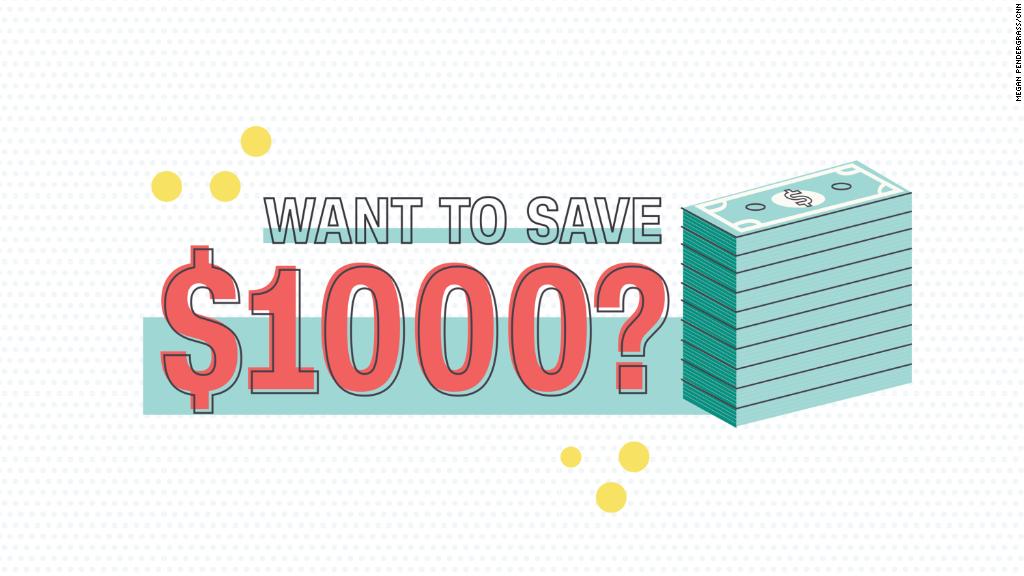
Having too much money in the bank is a problem that millions of Americans would love to have. But those fortunate enough to be in that position may be making a big financial mistake with their cash.
A new survey from Nerdwallet shows that while many Americans have little to no savings, the average American keeps $32,000 in cash. Keeping so much money in the bank could mean missing out on the potential rewards that come with investing that money.
For long-term goals like retirement, interest rates on savings may not even be keeping up with inflation.
"People keep money in cash because they want something that's guaranteed," says Erik Davidson, Chief Investment Officer at Wells Fargo. "They don't want to lose money. But after taxes and inflation, you're actually losing money."
Related: Interest rates are going up. Here's what to do
Plus, you're missing out on some serious upside potential. The Nerdwallet analysis found that keeping that money in the bank rather than investing it could mean cost you $140,000 worth of returns over 30 years (assuming a 6% return from stocks vs. a 1% return on savings).
For long-term growth, most financial professionals agree that you need a diversified portfolio that includes stocks and bonds. Here's how to get started:
Open a retirement account
If you have access to an employer-sponsored retirement account, that's the easiest way to begin investing in the stock market. Of employers who offer a retirement plan, 76% will match some of your savings. If that's the case with your company, you should be investing at least enough to get the match.
"If you're not saving enough to get the employer match, you're leaving money on the table," says Jim Benedict, a certified financial planner and senior wealth strategist at PNC Wealth Management.
If you don't have access to a retirement plan at work, you can still get the tax benefits of putting money into a retirement account by opening an IRA or a Roth IRA on your own.
Keep it simple
Choosing investments can feel overwhelming, but there are lots of tools that can help. Your plan likely offers an online asset allocation calculator, which can help you determine how much of your portfolio you should put into stocks and how much should go into bonds or other investments, based on your time horizon and tolerance for risk. If that feels like too much, look for a target-date fund, which will automatically put your money into a mix of investments tied to your retirement date and take care of rebalancing for you as that date approaches.
Stay the course
While the stock market has been marching steadily upward for nearly a decade, it's going to fluctuate. At some point you will have periods of major losses. As long as you don't need your money immediately, there's no reason to stress over such movement. Check on your portfolio once or twice a year to make sure your allocations still fit with your long-term plan, but resist the urge to buy or sell based on recent market movements. And remember that such ups and downs are a normal part of investing.
"Don't panic and liquidate if you're down in a year, because you've got several years to recoup that back," says Derek Green, wealth advisor at Titus Wealth Management. "The best thing to do is to keep dollar-cost averaging and buying. Then when the rebound comes you'll be even better off."
